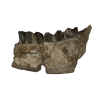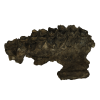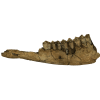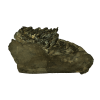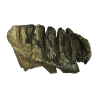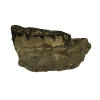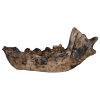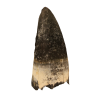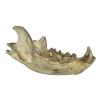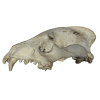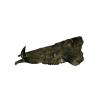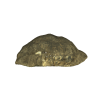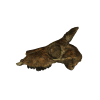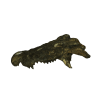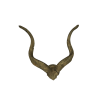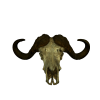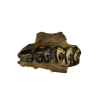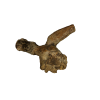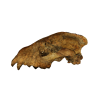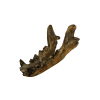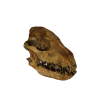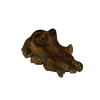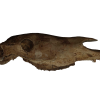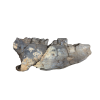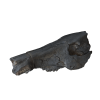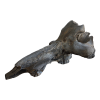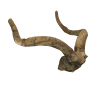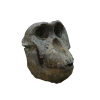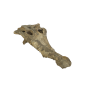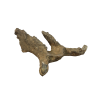This is a skull with complete left and right horn cores of the antelope Tragelaphus strepsiceros. The horns have the distinct keeled and lyrate shape that is seen in modern, male Kudu antelope and thus are readily recognised in the fossil record. This species is considered to be an earlier form of the extant greater kudu, and is one of three species of Tragelaphini from the fossil collection. This specimen was discovered on the east side of Lake Turkana, during Richard Leakey’s 1971 annual palaeontological expedition. Tragelaphini are medium to large antelopes, with low crowned teeth adapted to a diet of soft and nutritious vegetation, including fruit.
|
Tragelaphus strepsiceros
Tragelaphus strepsiceros Age approx. 1.60 Million Years
Digital Capture: Structured Light Scanner ER 71 FS 222 0 Comments Order: Artiodactyla Family: Bovidae Genus: Tragelaphus Species: strepsiceros Element: Cranium with left and right horn cores Locality: East Rudolf Year of Discovery: 1971 Other Fossils to View |






